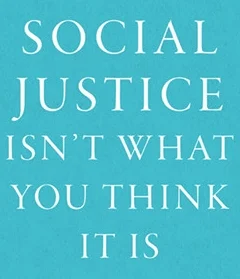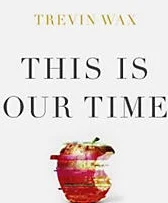I Have No Opinion About Whatever Is Making You So Mad
I have no opinion about whatever it is that someone did, said, wrote, or believed that has you so upset.
Even if I had an opinion about it, I might not want to air it publicly.
Simply because I am not speaking out for or against whatever just happened does not mean that I am against or for it. Nor does it mean that I am a co-conspirator in injustice. That isn’t how guilt works. Really.
Opinions
I have strong opinions about many things. Many of them are also deeply researched. I am, academically and vocationally speaking, competent and qualified to speak on a number of issues. I am personally acquainted with some things well enough to comment on them and have reasonable and warranted opinions.
I am not, however, prepared to comment on the latest snippet of news, out of context interview sound bite, or social hoopla that has been uncovered or invented in the last 24 hours. In fact, to speak on this issue would be inappropriate unless I had some unique background in the subject matter, additional context to add, and awareness of more than the drive by commentary that has everyone so upset.
A Historical View
When the historians write the story of our present age, I fully expect them to describe how much disinformation and overreaction there was because people didn’t take time to think and weren’t equipped to do the necessary thinking.
They may call us this the age of the flip out, the knee jerk, and the public flop and twitch.
It’s not like these are different fundamentally than any other generation. Propaganda was alive and well in previous centuries. Wars have been started due to failed romances and jilted lovers.
What is different is that the flop and twitch is constant and ever shifting. We don’t even have the common decency to get upset about one thing and rail against it for several weeks. Instead, we have a new freak out every day.
Also, something different is this foolish idea that not flopping and twitching over everything that makes X upset—which may or may not be true—constitutes material participation in the alleged evil that is being freaked out about.
Just the Facts, Ma'am
In fact, many times, the freak out is not over what someone actually did or said, but what someone thinks they meant based on misreading or misunderstanding what they wrote, said, or did.
Someone sees something and misinterprets it as malicious. Several people blog about the evils of the malevolent action. Suddenly there is a fire storm in which anyone who doesn’t storm the battlements is guilty of hating puppies. Several people blog about the lack of response by “important people” who haven’t spoken out about the issue because they obviously don’t care. Meanwhile, half the people being maligned may actually know something that gives them a different position, not be aware of the situation, or simply not feel that the issue is worth addressing with such vigor. However, they must be burned at the altar of activism for their sin of inactivity.
While all of this is happening, before a response can be ventured and research conducted a new “crisis” has arisen that demands instantaneous, fact-less condemnation. Even if a correction is made, it is rarely read and the “hot take” condemnation of the event and the silent people allegedly condoning the supposed evil remain permanent artifacts on the internet. Rinse and repeat.
False Alarm Fatigue
Do you remember the red cups at Starbucks? I don’t think anyone was actually ever upset about the cups themselves, but there was a veritable cyclone of blame and aspersion flying around the web.
This is creating an environment in which Twitter—a social media platform that could be fun—is dying because smart, thinking people are getting tired of people with too little information demanding absolute agreement with their opinion of everything instantaneously and without qualification.
How many well-wrought books are we going to lose to foolish reactions on the internet? How many reputations are going to be ruined on the altar of condemnation for an improper or insufficient response?
In the meanwhile, I have no opinion about what you are upset about. Or, perhaps I have an opinion, but I don’t think it adds to the conversation.
























